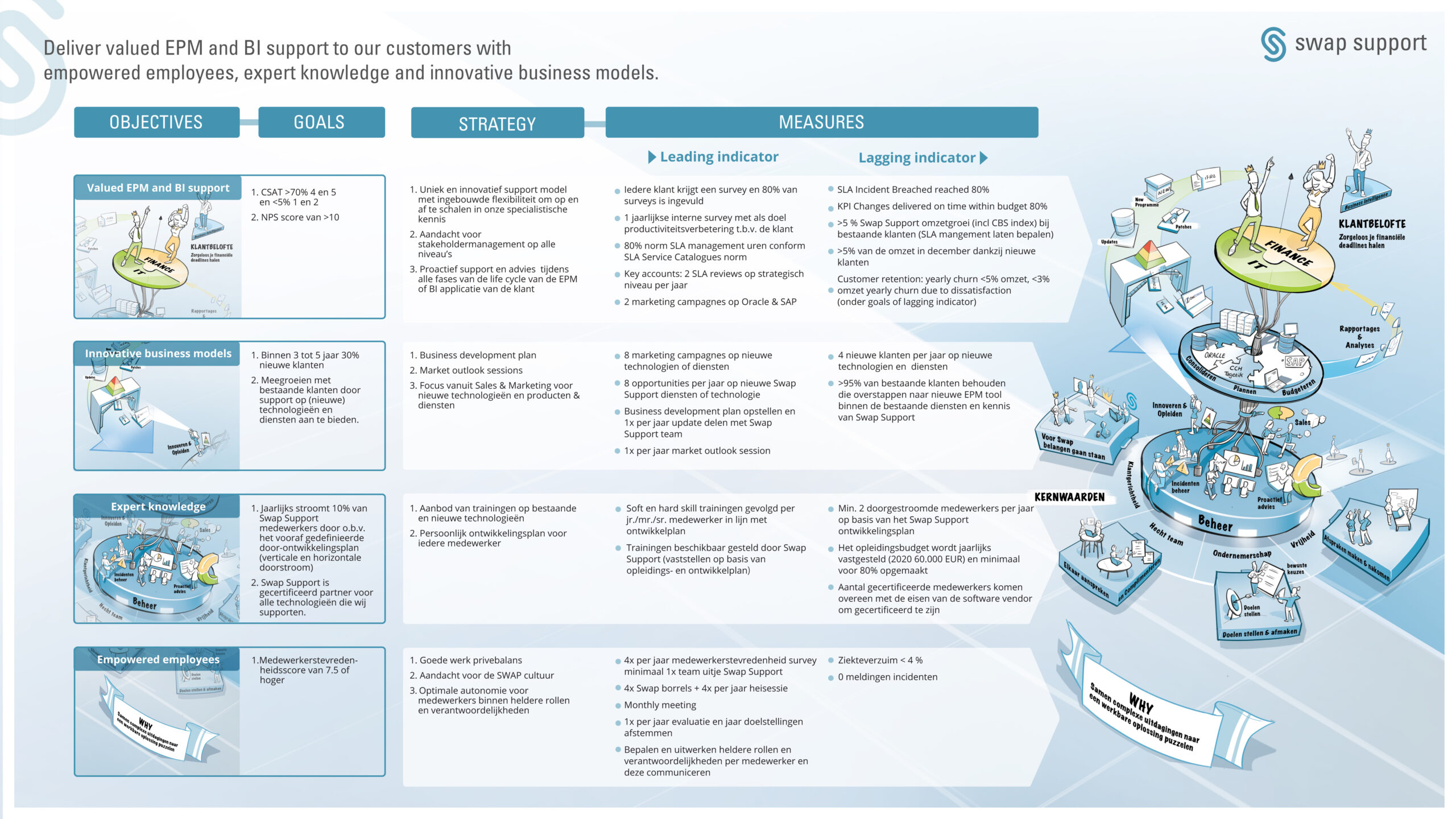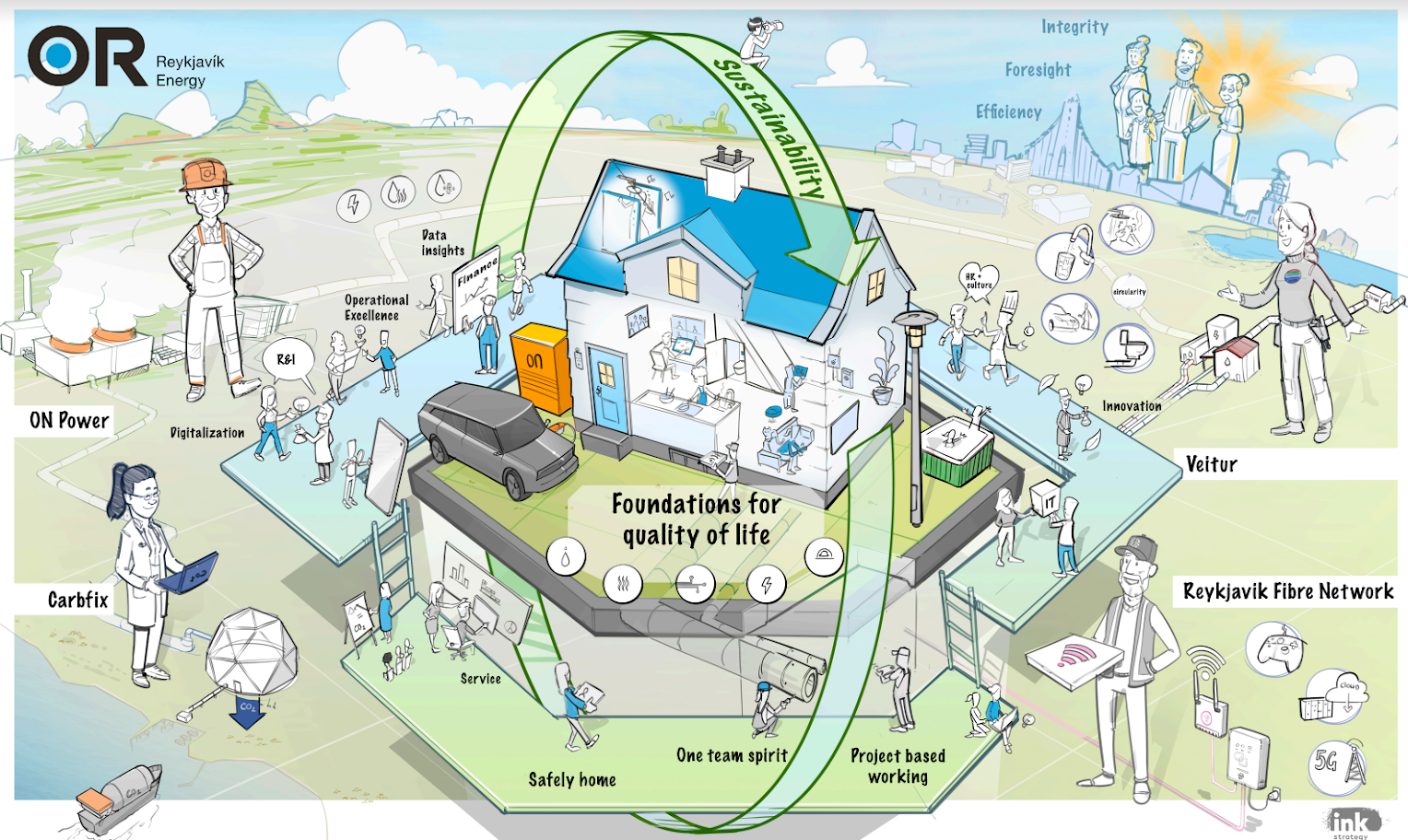Everything you need to know about storytelling to make your story stick.
We feel that creating a safe environment built on trust and mutual respect is a critical part of encouraging personal and professional development of our colleagues within the workplace. To this end, being able to give honest feedback constructively is challenging but important. It shows that there is mutual respect within the workplace and creates a platform for true co-creation; allowing issues to be addressed at an early stage and preventing potential negative effects on relationships. Equally difficult is receiving feedback. This helps individuals grow and add perspective to functioning both within, and outside the business. In ever changing business environments, being able to adapt and take on feedback to deal with these changes is an integral part of the smooth functioning of a business.
Through the training we all learned constructive ways to receive feedback and have all agreed that it has helped us develop leadership skills in both our personal and professional lives.
The Yellow Chair

Our feedback training had us sitting in a yellow chair to receive feedback. Well, we don’t have our own yellow chair so Bob rebuilt it in a miniature version! This replica acts as a cool reminder of the training and what we learned, while at the same time acting as a useful tool that makes it easy for us to initiate the process of giving feedback. If one of us invites a fellow Inker to sit in the ‘yellow chair,’ we are immediately ready for what is to come and can hone in on our newly learned skills.
But How?
The following are a few of our most cherished learnings on how to give (and receive) feedback:

1) Take a moment.
We think it’s important to step out of the heat of the moment in order to collect our thoughts and structure the feedback so it makes sense. Then, very importantly, ask the other if you can give some feedback. This is useful to ensure constructive feedback, rather than emotion-driven feedback, is given and that the receiving end is ready for it.

2) Be precise and state facts.
Often when giving feedback we use general statements like ‘you always’ or ‘you never’ etc. This can put the receiving end on the defensive because these blanket statements in most cases aren’t true to reality. So, we have learned to pinpoint a very specific situation, sentence, or moment in time when we observed the behaviour we are giving feedback on. This makes the conversation more effective and allows for concrete situations to be discussed.

3) Describe the perceived effect.
First, delve into what you think the effect is of that specific behaviour, both on you personally and then what the consequences could be for the business. Structure the feedback first around your own emotions; how did that thing make you feel? What was your first reaction? It’s better to talk about your own emotions from first hand experience, rather than reflecting on what it did to other people. This helps the receiving end feel more empathy for you.

4) Discuss solutions.
Opening up a space to talk about possible solutions looking forward is more useful than looking for an apology about something that happened in the past. Explore some ideas together, offer concrete suggestions, and discuss together how they could work for both sides.

5) Make a commitment.
Express a commitment to your own action: “What I will do about it is…” The more concrete the suggestions are from both sides, the easier it will be to follow through. This also ensures both sides are feeling accountable and can come back later for further discussion. Sharing responsibility and accountability create a safe and trusting environment.
We are going to continue to work on mastering giving feedback and are eager to try out our skills at receiving feedback…. Do you have any for us?
Recent posts
The OGSM model is a strategic planning model that connects the dots in your strategic plan...
A bigger picture helps team collaborate, clarify ideas and empower the entire organisation...




